- Home
- Anne Spackman
The Last Immortal : Book One of Seeds of a Fallen Empire Page 20
The Last Immortal : Book One of Seeds of a Fallen Empire Read online
Page 20
The first time I saw the spaceship Baidarka, docked in a cargo bay at the Academy and strapped with gangways, I felt an excitement and anticipation I hadn’t known since my first mission into space. I wasn’t sure why. Baidarka was nothing compared to Selesta. But perhaps it was because, while gazing up at her sleek bow, I was able to imagine what it must be like for the other scientist astronauts going up for the first time.
The Baidarka had already made that journey once before. An experienced veteran, the Baidarka was the small spaceship that had gone on the first historical cooperative explorer mission. It had been recently upgraded with the best technology from both worlds to suit the new mission.
As the Baidarka neared completion, Beren and Orashean brightened as they each considered the possibility of keeping me away from the other. Fearing that I would ultimately sympathize with the Orians’ plight, Orashean had become concerned that I might use Selesta to bring large numbers of Orians to Tiasenne and force him to accept them. Beren, however, was concerned that I had inexplicably strong feelings for the planet Tiasenne, despite having lived there for such a short time.
The star systems we prepared to explore had been measured at distances of two hundred million nariars, one light-year, and two light-years away, relatively next-door by my standards. Nearer the bright center of the galaxy the distances between solar systems diminished. Located nearer to the center than the spiral arms of Galaxy 3, Rigell was surrounded by bright stars. The round trip to these systems had been estimated at 4.2 light-years.
I asked Orashean why he and Beren only wanted to explore the three systems that had already been discovered and not system E25, which was only 1.8 light years away in the opposite direction. Orashean responded that Tiasennian astronomers had registered unusual radiation levels coming from that area, more than background radiation, more than the stars could emit, and that life was not thought to exist there.
Baidarka’s long, spear-like body had been refashioned with a new skin of sleek alloys. The winged ship used atmospheric oxygen in the launch into orbit before engaging its ion engines which allowed it to reach just over half light speed in space. Because the time inside the vessel would slow down as we approached the speed of light, at least twice as many years of real time would pass on Tiasenne and Orian. And during those years we would have no contact with either world.
The day of our departure crept closer and finally arrived with bustling activity everywhere. Men and women shuttled about, carefully stowing the final supplies of food, medical, and other materials on board. Keeping the atmospheric cycle would prove difficult if we had made a mistake in our calculations, so we loaded seemingly infinite amounts of plants into the hydrogarden hold and tested the oxygen count and oxygen generators six times at hourly intervals. If all went as planned, the same plants that would provide fruits and vegetables would also ensure a constant atmosphere by respiration.
Ground crews loaded unmanned probes, ground conveyances, and two habitable space shuttles into the docking bay hold. The Baidarka itself had only the heat shields for our re-entry into Tiasennian airspace, so the planetary exploration was to be carried out aboard smaller space shuttles. The astronaut crew included thirty scientists and their families as well as medical officers, defense weapons specialists, and six pilots, bringing the total crew count to eighty-three.
Take-off had been scheduled for late afternoon, and soon after the launch, the planets Tiasenne and Orian dwindled out of sight. The infinite, unquestioning void swallowed the small ship Baidarka and set us adrift in the endless stars. It was here that we would spend most of our time on the expedition, merely journeying to our multiple destinations. We could only afford a very little time visiting each planet.
One area in the interior of Baidarka housed the crew quarters, hydrogardens, and laboratories, all contained within a sphere in which artificial gravity similar to Tiasenne’s could be produced, but much of the ship was subject to zero gravity. To no one’s surprise, most of the crew preferred the artificial gravity area. In such close quarters, there were people in every corner of that area, and no one had the luxury of privacy. But to make up for the sacrifice, there was plenty of time to pass idle hours.
The astrophysicists charted star systems, neutron stars, pulsars, and black holes undetectable from either Tiasenne or Orian. The botanists and biologists helped to cultivate our food in the hydrogardens and regulate our atmospheric content and pressure, and a few others worked to educate the children of the crew.
After a time, I suppose we all began to feel lost in another world; this life was an idyll in which human suffering and political corruption became only distant memories, and of course everyone wanted to think only of the mission. In space, Tiasennians and Orians were united like fugitives who had been shipwrecked and forced to work together.
Twice, an Orian and a Tiasennian scientist became attached. Such unprecedented acts conveyed our optimistic feeling that further possibilities of cooperation would extend beyond our voyage, throughout the lives of all of the explorers, and to others after we returned to Rigell’s system.

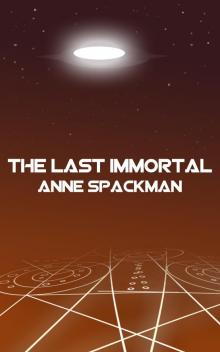 The Last Immortal : Book One of Seeds of a Fallen Empire
The Last Immortal : Book One of Seeds of a Fallen Empire Star Gods: Book Four of Seeds of a Fallen Empire
Star Gods: Book Four of Seeds of a Fallen Empire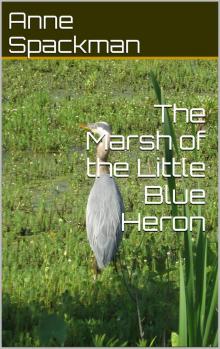 The Marsh of the Little Blue Heron
The Marsh of the Little Blue Heron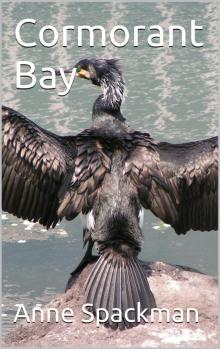 Cormorant Bay
Cormorant Bay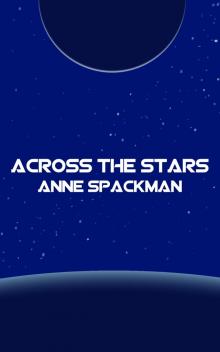 Across the Stars: Book Three of Seeds of a Fallen Empire
Across the Stars: Book Three of Seeds of a Fallen Empire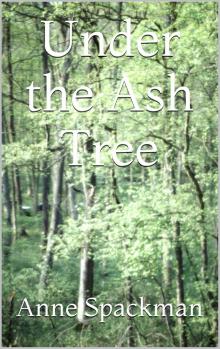 Under the Ash Tree
Under the Ash Tree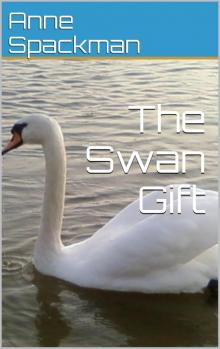 The Swan Gift
The Swan Gift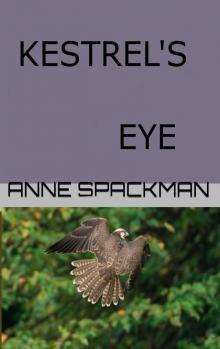 Kestrel's Eye
Kestrel's Eye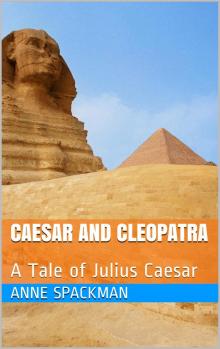 Caesar and Cleopatra: A Tale of Julius Caesar
Caesar and Cleopatra: A Tale of Julius Caesar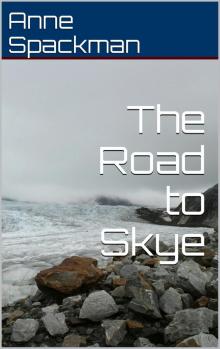 The Road to Skye
The Road to Skye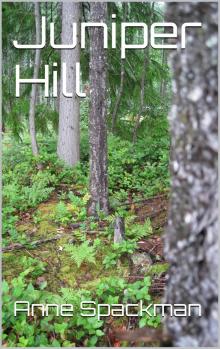 Juniper Hill
Juniper Hill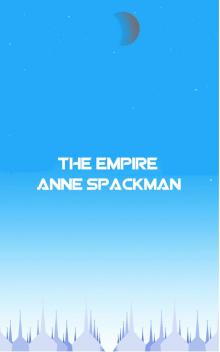 The Empire: Book Six of Seeds of a Fallen Empire
The Empire: Book Six of Seeds of a Fallen Empire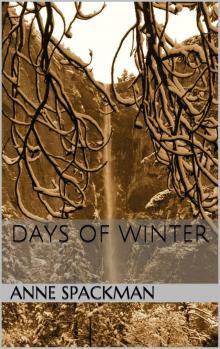 Days of Winter
Days of Winter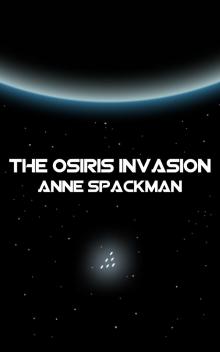 The Osiris Invasion: Book Two of Seeds of a Fallen Empire
The Osiris Invasion: Book Two of Seeds of a Fallen Empire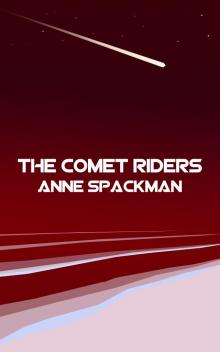 The Comet Riders: Book Five of Seeds of a Fallen Empire
The Comet Riders: Book Five of Seeds of a Fallen Empire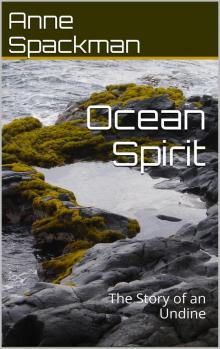 Ocean Spirit : The Story of an Undine
Ocean Spirit : The Story of an Undine What Emma Left Behind
What Emma Left Behind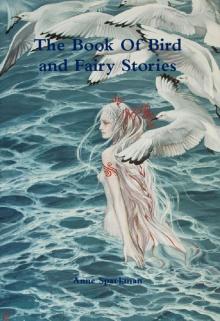 The Book of Bird and Fairy Stories
The Book of Bird and Fairy Stories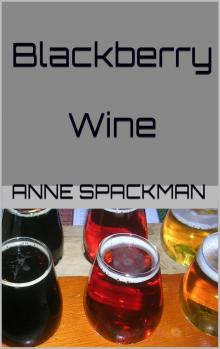 Blackberry Wine
Blackberry Wine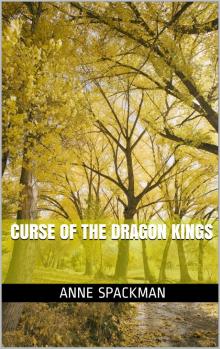 Curse of the Dragon Kings
Curse of the Dragon Kings